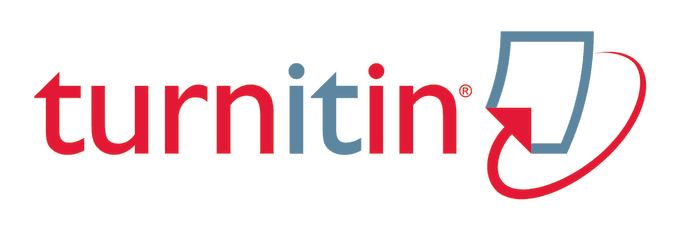The Influence of Information Wealth in Tiktok Content on Increasing Cross-Cultural Knowledge
Survey of @iamegamei Followers regarding Diversity in India
DOI:
https://doi.org/10.37535/101011120246Keywords:
culture, india, information wealth, tiktok content, cross cultural knowledgeAbstract
This research aims to determine the effect of the richness of information in @iamegamei content regarding diversity in India on increasing Followers' cross-cultural knowledge. This type of research is quantitative research with a positivism paradigm, data will be obtained using a questionnaire which will be distributed to 100 Followers of @iamegamei, samples determined based on the Slovin formula, then the data will be analyzed using IBM Statistics 25 Software. The results show that variable X and variable Y have values The significance is 0.000b and the hypothesis test value shows that the t-count value is 10,270 > t-table 1.987 and the significance is 0.000 < 0.05, which means that H0 is rejected and H1 is accepted. The results of the coefficient of determination test (R2) show that Information Wealth has an influence of 51.8% on increasing Cross-Cultural Knowledge of @iamegamei Followers, so it is concluded that Information Wealth in @iamegamei's TikTok content which discusses India's diversity has an influence on increasing Cross-Cultural Knowledge in among his Followers.
References
Abdurrahman, A. I. (2020). Media Online dan Pemberitaan Terorisme (Analisis Isi Berita Penembakan di Masjid Selandia Baru pada Media Online Detik.com). Dialektika Komunika: Jurnal Kajian Komunikasi Dan Pembangunan Daerah, 7(2), 75–97. https://doi.org/10.33592/dk.v7i2.361.
Amalia Yunia Rahmawati. (2020). Teori stimulus respon. July, 1–23.
Apriliani. (2017). Hubungan Antara Pengamalan Nilai-nilai Akhlak dan Pola Asuh Orang Tua dengan Hasil Belajar Matematika Peserta Didik di Mts Al-Hikmah Bandar Lampung. 82–101.
Ghozali, I. (2017). Aplikasi analisis multivariete dengan program IBM SPSS 23. In Badan Penerbit Universitas Diponegoro (8th ed.). Badan Penerbit Universitas Diponegoro.
Inayah. (2023, Maret 29). A Day in My Life: Sepele tapi Bermakna. pamflet.or.id.
Jannah, B. P. dan L. miftahul. (2016). Metodologi Penelitian Kuantitatif di PT. Rajagrafindo Persada (Vol. 3, Issue 2).
Markum, M. E. (2009). Modul Ajar Teori Psikologi Sosial. Prenada Media Group, 12, 119–121.
Nauvalia, N. & Setiawan, I. (2022). Peran Media “TikTok” dalam Memperkenalkan Budaya Bahasa Indonesia. Satwika: Kajian Ilmu Budaya dan Perubahan Sosial, 6 (1), 126–138.
Oktri. (2020). Metode Penelitian. Metode Penelitian, 32–41.
Rozak, A. (2020). Uji Asumsi Regresi Linier dengan SPSS. In Modul Mata Kuliah Alternatif Analisis Data, 1–7.
Sugiyono, P. D. (2022). Metode Penelitian Kuantitatif. Bandung: Penerbit Alfabeta
Downloads
Published
Issue
Section
License
Copyright (c) 2024 Laela Nuur Husaini, Rini Hardiyanti, Ade Irfan Abdurrahman

This work is licensed under a Creative Commons Attribution-NonCommercial 4.0 International License.
Bagi artikel yang dimuat di Jurnal Communicare, berlaku aturan Hak Cipta sebagai berikut:
- Jurnal Communicare adalah pemegang hak untuk mempublikasikan artikel untuk pertama kalinya.
- Penulis tetap memegang hak cipta atas karya tulis yang terbit di Jurnal Communicare, dan dapat menggunakan karyanya dengan bebas, selama tidak melanggar peraturan.
- Karya yang dimuat di Jurnal Communicare berada dibawah lisensi Creative Commons Attribution 4.0 International License














